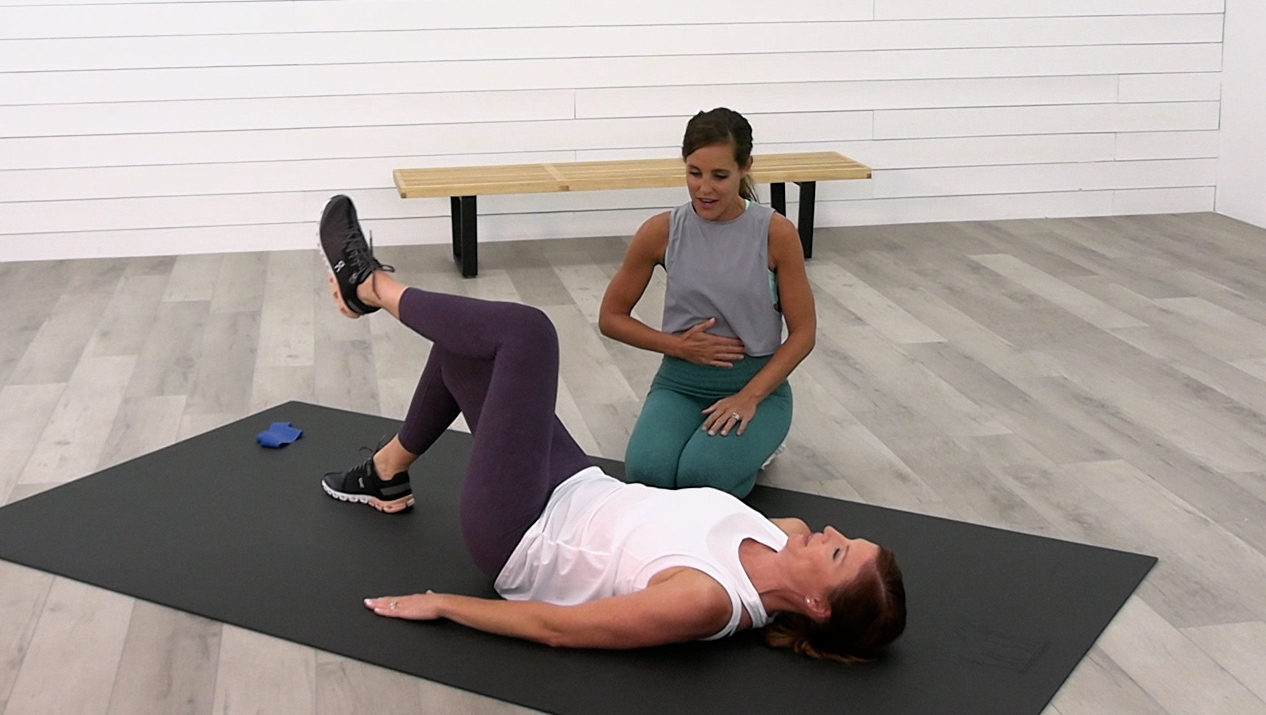
Strength exercises are most effective when performed every other day, with at least one recovery day between sessions. Here’s why: muscles need time to recover and repair. When we load a muscle during exercise, tiny microtears (microtrauma) occur — and that’s a good thing. It signals the body to begin the healing process through inflammation, ultimately leading to stronger, healthier muscle tissue [PMID: 26445209].
Your abdominal muscles, like your glutes or hamstrings, are striated skeletal muscles. They also require recovery periods to heal microtrauma, reduce inflammation, and prevent overtraining. Just as doing lunges every day could eventually lead to knee pain, training your core every day can impair recovery, reduce results, and increase injury risk. In fact, when muscles are under constant stress without time to rebuild, they adapt poorly — leading to stalled progress and a higher likelihood of dysfunction.
If you regularly work your entire core without rest days, the risk of overuse injury increases significantly. However, there is one important exception: neuromuscular training.
Make your core strong and healthy again – try our Sculpt and Pilates Program for free!
Neuromuscular core training doesn’t overload the muscles with heavy resistance. Instead, it focuses on re-educating the connection between your brain and muscles. This approach strengthens motor patterns, improves muscle coordination, and enhances core stability — without stressing the tissue to the point of requiring long recovery windows. Neuromuscular training is essential for restoring functional movement patterns, especially after pregnancy, abdominal surgery, or periods of inactivity [PMID: 31419016].
In simple terms: it teaches your brain to “talk” to your muscles again, helping you move more efficiently and protecting your core health long-term.
Certain ab exercises that recruit your transverse abdominis (TA) are crucial to the functionality of your core. They are crucial to your posture. Every time you take a step, climb a stair, reach overhead, cough or laugh so hard you cry, these lovely little muscles are kicking in. The problem is that we are not taught how to correctly and selectively strengthen the TA. Try these exercises!
Not with traditional strength exercises.
Heavy core work should still follow an every-other-day pattern to allow for muscle recovery. However, certain gentle exercises — especially those targeting the transverse abdominis (TA) — can be practiced more frequently.
The transverse abdominis acts like a natural corset for your midsection. It’s crucial for posture, balance, and every movement you make — whether that’s walking, climbing stairs, reaching overhead, coughing, or laughing. Unfortunately, most people are never taught how to correctly and selectively engage this deep muscle.
Strengthening your transverse abdominis the right way doesn’t just support your waistline — it’s key to reducing back pain, improving athletic performance, and protecting your spine over time [PMID: 29985541].
Perform each exercise for 40–50 seconds. Unlike traditional core workouts not – until fatigue or failure. Instead, the focus is building a mind-muscle connection — getting your deep core muscles to fire correctly, consistently, and efficiently. You can read all about this in our free Core Restore Guide.
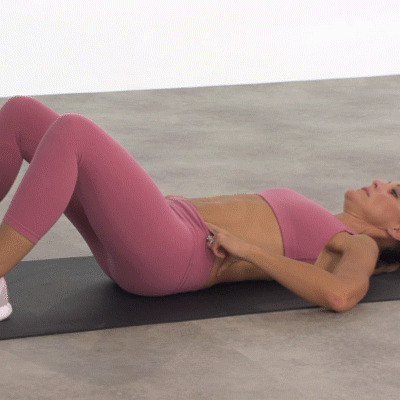
DIAPHRAGMATIC TA BREATHING
Pulling your navel toward your spine is not the same thing as sucking in your gut. What do you when you suck in your gut? You hold your breath, you tuck your hips. You don’t want to do that. A great cue is saying “ssssssss” as you exhale.
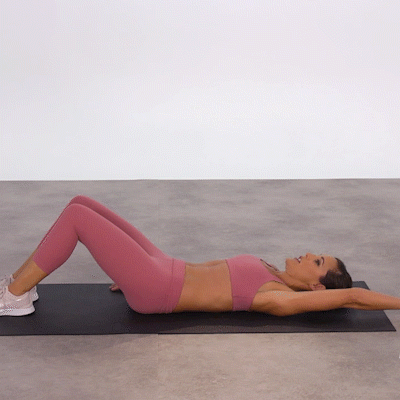
ARM SWITCH
Begin lying on your back with your knees bent, feet resting on the floor. On the exhale, tighten your abdominals, drawing your belly button in towards your spine. Your pelvis should not tilt. Hold this position, as you switch your arms overhead. Repeat.
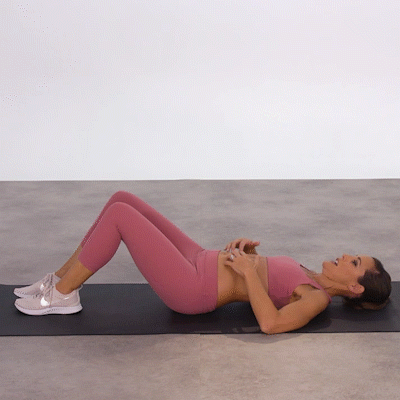
BENT KNEE FALL OUTS
Lie on your back with your knees bent and feet resting flat on the floor. Tighten your abdominals. Without letting your hip bones move, slowly lower one knee out towards the floor — only as far as you can without your pelvis moving. Slowly return to starting position. Alternate with other leg. Do not let your pelvis move.
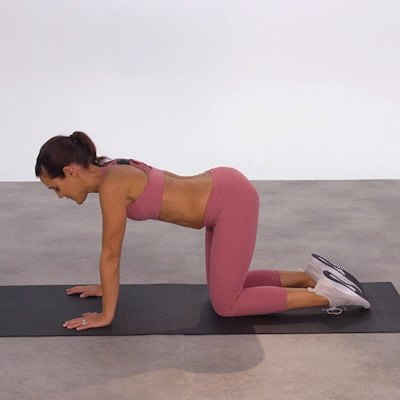
QUADRUPED TA BRACING
Begin on all fours. Let your stomach relax down towards the ground, keeping your spine in neutral. As you exhale, tighten your abdominals by drawing your belly button up towards your spine and away from the floor. Hold this position without moving the pelvis. With every breath, tighten the TA.
We cannot target one area while ignoring the other areas — our bodies are one complete system and need a comprehensive approach including cardio, strength and flexibility. Try our Sculpt & Pilates Program for FREE. We do 3–full body workouts in one week, including Pilates with neuromuscular cues for the abs.